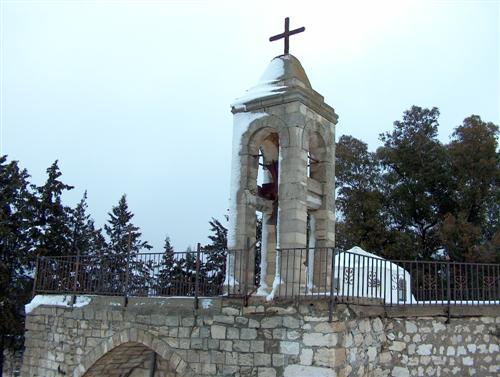
by Living - There’s something very incredible about the ‘cult-classic’ winery of Chateau Musar in Lebanon. Wine production in this tiny Middle Eastern country dates back over 6,000 years. However, for the most part, only simple table wine was produced. Then, around 1930, Gaston Hochar set his sights on the fine wine industry and created the legendary ‘Musar’. If Chateau Musar were a cult-classic film, Gaston Hochar would certainly be the director. His son Serge, however, was to be the leading star of the Musar show from the late 1950s until the 2000s. An incredible tale of romance, terror, passion and love, Musar has it all. When the first shots of the Lebanese Civil War were fired in 1972, Serge started to lose 90 percent of the domestic market. To survive, he would have to sell the wine abroad, something that was out of the ordinary for Lebanese winemakers in those days.
In 1979, Hochar exhibited his 1967 vintage wine at the Bristol Wine Fair, and it turned out to be the pick of the day among journalists and connoisseurs. The rest is history for this iconic winery, which has accumulated countless awards and secured resting places in some of the most famous cellars in the world – including our own in Ashford Castle. The best-known wine of Musar is its flagship red wine. Produced in the Beqaa Valley, east of Beirut, it is a blend of Cabernet Sauvignon, Cinsault and Carignan, which spend around 12 to 15 months in French oak barrels before they are blended and aged for three years together. After bottling the wine, it spends another three to four years at Musar before being released. So, we won’t be seeing the Chateau Musar 2014 or 2015, for example, for many years from now.
The wine itself has beautiful ruby hue, and cherry, blackcurrant and cranberries on the nose, with a hint of licorice. The palate has an explosion of brambly and hedgerow fruits with blueberries and cherries, complemented by excellent acidity and fine tannins, a perfect pairing with lamb. Made for aging and breaking out on a very special occasion, expect to pay between €27 and €35 for this wine in Ireland, depending on what vintage you find.
While the Chateau Musar flagship red wine takes centre stage, the winery does produce a second wine, aptly called ‘Hochar Pére et Fils’ from the same grapes as the more-famous sibling. Representing incredible value, this lighter, easier going style of Cabernet blend is available for €20-€25. Its spin-off white wine, produced in small quantities, consists of the indigenous Lebanese grapes of Obaideh and Merwah – an unusual blend that is somewhat reminiscent in style to aged Chardonnay and Semillon, and stunning when aged ten years and over.
Philip Dunne is Head Sommelier at Ashford Castle, Cong. Trained by the Court of Master Sommeliers, he is part of the team voted the Best Wine Experience in Ireland 2016 at the Restaurant Association Awards in Ireland.
.jpg)




